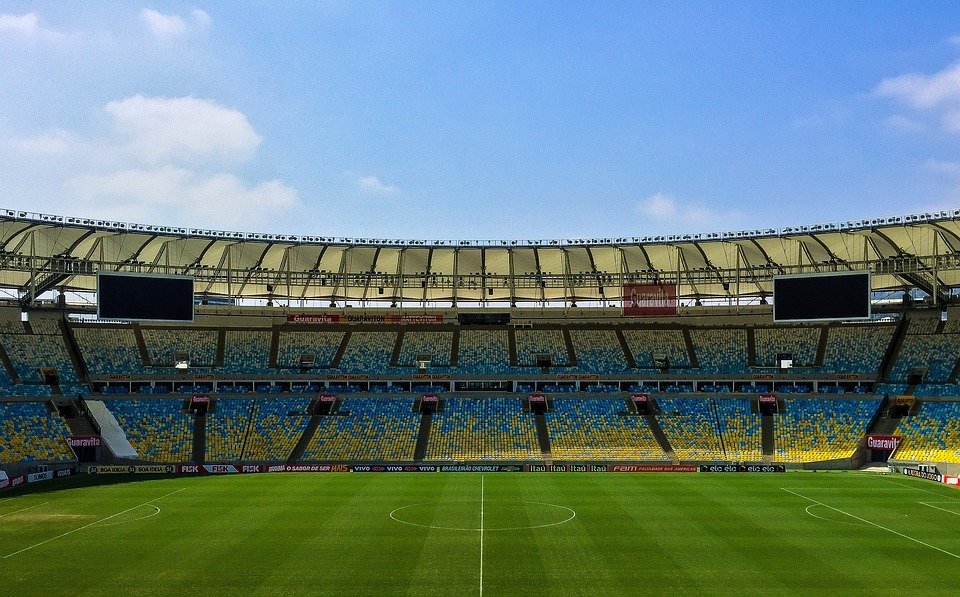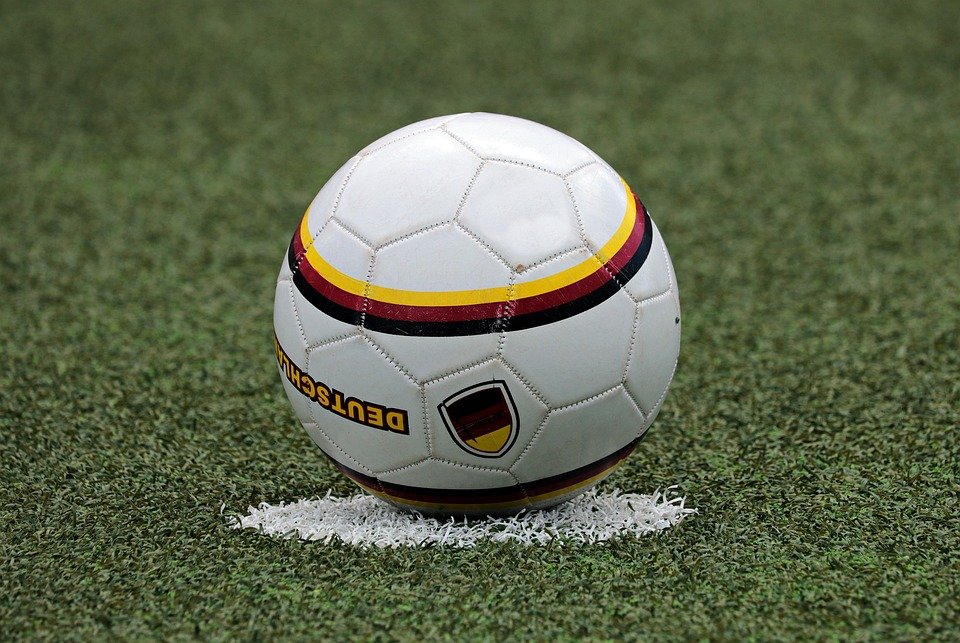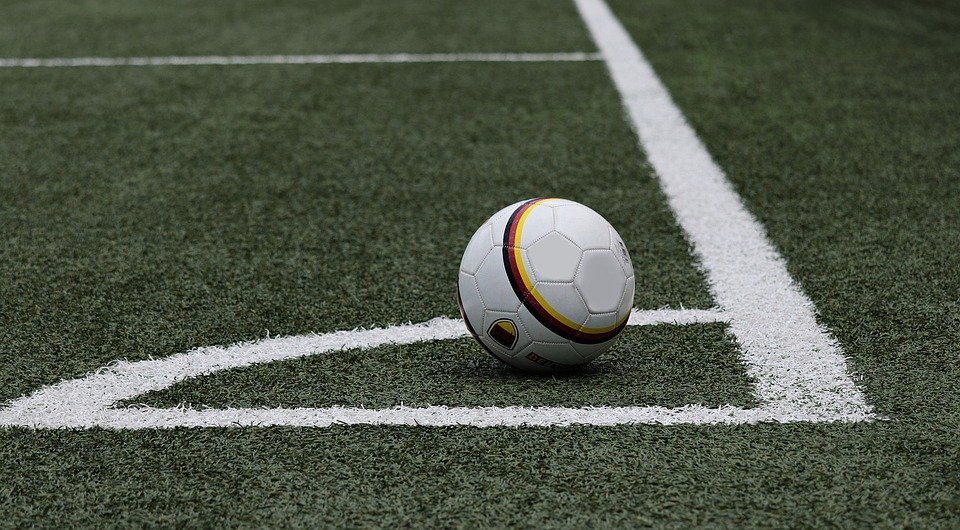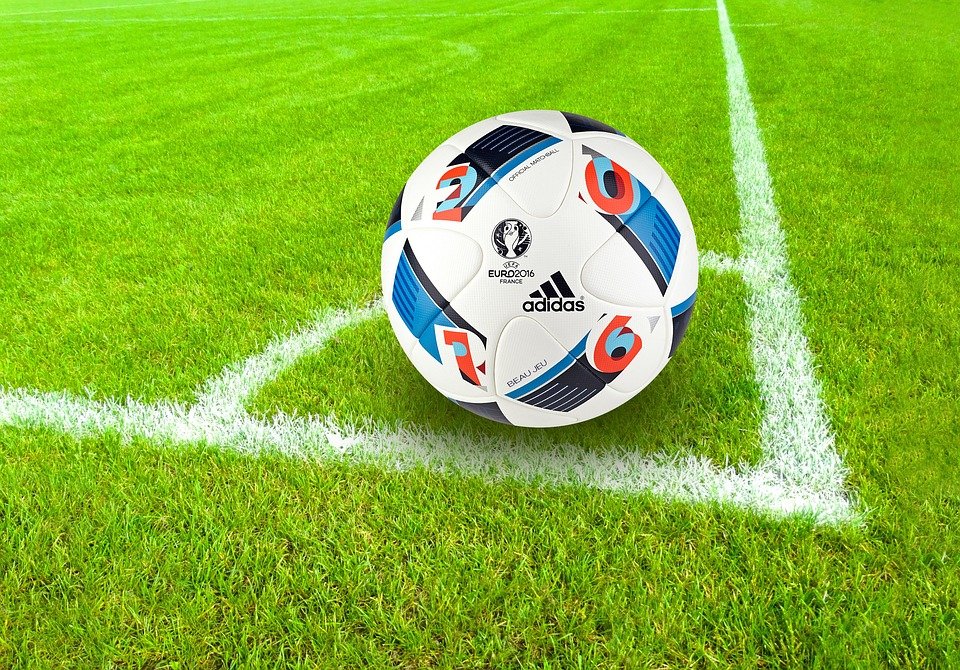Soccer Cleats: The Science of Performance

Football cleats have been in use for less than a century. Since then, it has gone through its own careful development process. Ergonomic design advances with ever-changing time have made it possible for gamers to achieve explosive speeds during starts and stops and feel the ultimate traction during the game. There are game-changing factors that depend on this vital part of the science, on its design, orientation, placement, materials, etc. It allowed players to push their limits and increase their performance beyond the maximum threshold. Now they are manufactured and planned for superior performance, so let’s take a look at some of the recent technical innovations aimed at maximizing production in this field.
Lightweight
Football has shifted from heavy, thick boots that require more physicality to more skill and speed. He moved away from providing protection for players’ feet and became more concerned about player ease and efficient functionality. Modern soccer cleats feature strong, lightweight materials such as plastic or metals such as magnesium and steel.
Excellent traction with clever cleat arrangement
Primarily, the player interacts with the ground or surface they are running on, thus soccer cleats must provide excellent traction for the player. The better the traction, it allows for better acceleration and navigational control of the ball for the player. This demand for traction arose from varying weather and ground conditions. But how do manufacturers achieve the required traction that improves the player’s agility? The answer lies in the design and placement of the buttons.
Traditionally, studs involve a circular design that has an upper diameter (the area closest to the sole) larger than the bottom diameter (the area closest to the point of contact with the ground). Recently, more comprehensive nail design includes angular and tooth-like studs also known as blades, which are designed for firm grip in exact positions.
Buttons design and positioning
Nowadays, manufacturers can also design the player’s cleat according to their position on the field. Professional players who play forward, midfield, and defense can get their custom soccer cleats in place on the field, be it natural or synthetic. Thermoplastic nylon studs are tough, yet lightweight and improve agility by allowing the sudden push that forward players use, while Thermoplastic Polyurethane (TPU) provides a stable and comfortable stud and, therefore, proves to be a good fit for the defender.
The placement of the studs is important because they are supposed to carry the player’s weight and transfer the load to the ground, and thus the pressure at all points must be uniform. For this, digital analysis is used by companies, which also helps them speed up the design process. Recent analysis data by Finite Element Method has shown that chevron rivets provide optimal take-off speeds and omnidirectional activities over other designs. Soccer cleats are getting smaller as research shows smaller surface area, better surface penetration and faster surface discharge.



